Alexandria Egypt is a city where the blue waters of the Mediterranean Sea meet rich history and lively culture. Walking its streets, you can feel layers of time mixed with the everyday life of locals. This city offers many famous landmarks, tasty foods, and simple ways to move around. Whether you want to see old ruins, visit a quiet library, or taste fresh fish by the sea, Alexandria provides a warm welcome. Let me share my personal journey and stories from this fascinating city.
Table of Contents
For visitors who appreciate Mediterranean history and culture, the journey to Malta’s famous landmarks and traditions offers a fascinating next step.
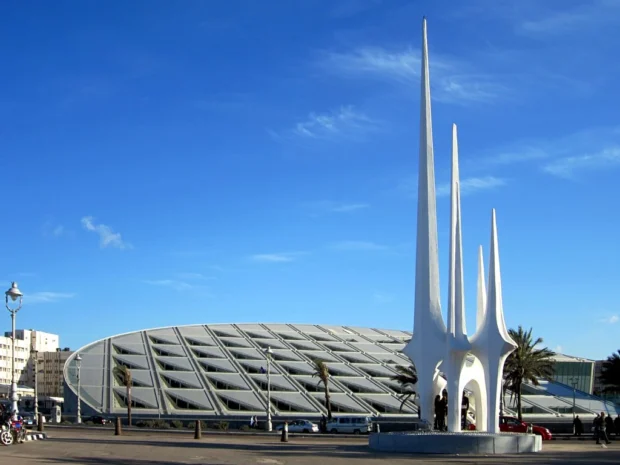
Historic Landmarks Along the Mediterranean Coast
One of the first places I visited was the Citadel of Qaitbay. This fortress stands strong where the ancient Pharos Lighthouse once guided sailors. While the old lighthouse disappeared long ago, the citadel’s walls tell of battles and protection. From its towers, the sea view is peaceful and endless. Walking here felt like stepping into a storybook. The site’s official information helped me understand its many layers.

Nearby is the Bibliotheca Alexandrina, a remarkable modern library built to honor the ancient Library of Alexandria. It holds millions of books and has museums and exhibition halls inside. The building’s design looks like a giant disk leaning toward the sea. Inside, you can find quiet spots to read or attend a cultural event. This place shows how the city loves to connect its past and future.

Not far from these, the Roman Amphitheatre offers an open-air stage where once plays and gatherings happened long ago. The stones still carry echoes of applause and voices. Walking here on a sunny afternoon, I imagined crowds in ancient robes, sharing stories and laughter.
After exploring Alexandria’s historic amphitheatre, you might enjoy a visit to the Colosseum in Rome, another ancient arena rich with stories and architectural wonders Rome’s Colosseum.
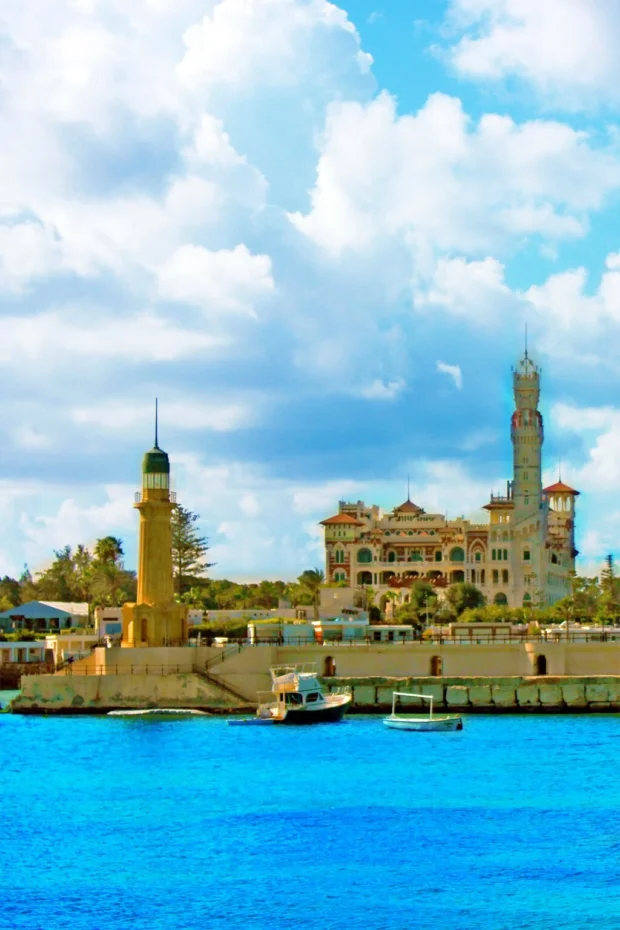
Wandering Markets and Tasting Alexandria’s Food
A trip to Alexandria is incomplete without trying its fresh seafood. The fish market near the harbor is a busy place in the early morning. Locals bargain with vendors while choosing the best catch. I joined a small café in the Anfushi district, famous for serving grilled fish called “sayadeya.” This dish mixes rice cooked in spicy fish broth with tender, grilled fish on top. The aroma was rich, mixing herbs and smoke.

For a sweet treat, I tried “basbousa,” a soft semolina cake soaked in syrup, at a bakery in the Corniche area. Watching bakers shape cakes and chat with customers gave me insight into the city’s friendly spirit. Street vendors also offer “falafel,” deep-fried balls made from fava beans, perfect for a light snack. Sharing food here felt like sharing a small part of the local heart.
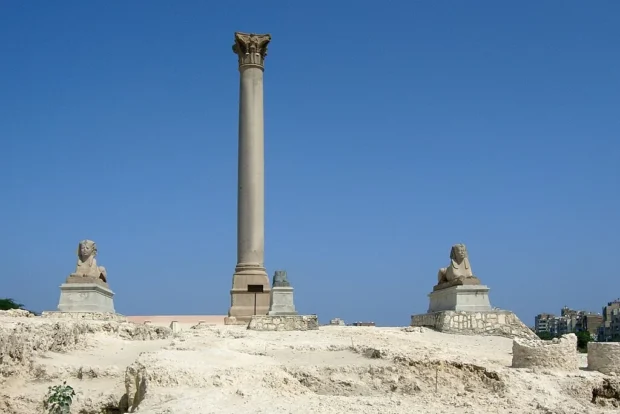
Moving Around Alexandria Easily
Getting from the Borg El Arab Airport to the city center was simple by public bus. It took about an hour, with stops where passengers greeted each other with “Salam Alaikum,” meaning “Peace be upon you.” In the city, trams run along the coast, offering a calm way to see different neighborhoods. Riding the tram felt like stepping back into mid-20th century Alexandria.
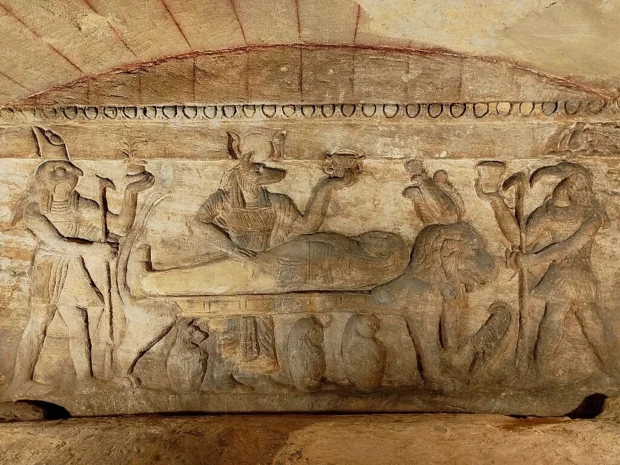
Walking is often the best way to feel the city’s pulse. The Corniche walkway by the sea is packed with cafes, fishermen, and families enjoying the breeze. You can also take minibuses that reach less touristy areas where the real daily life unfolds. Always try to speak a few Arabic words; even simple greetings open many doors.
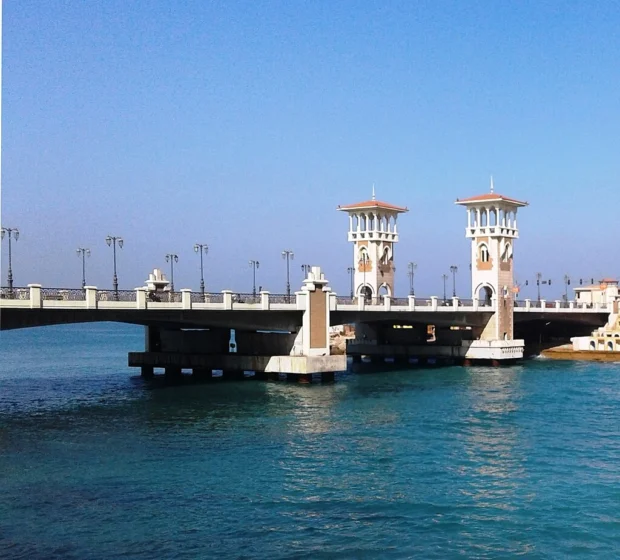
The Culture of Greetings and Respect
Alexandrians are warm and respectful. A common greeting is “Sabah El Khair” to say good morning, or “Masa’ El Khair” in the evening. People often shake hands or touch their heart for deeper respect. I noticed that it is polite to accept offers of tea or coffee when invited at a shop or someone’s home.
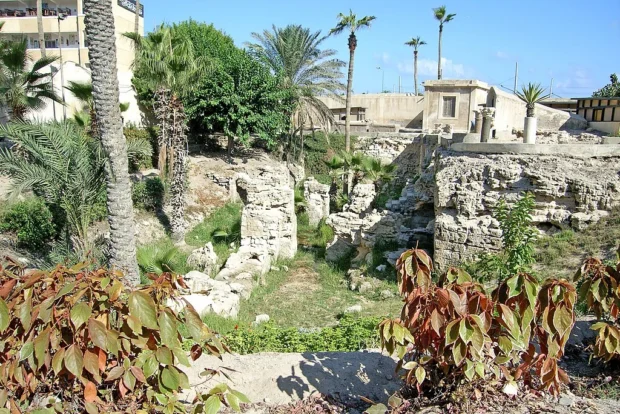
One custom I learned is to avoid showing the sole of your shoe when sitting, as it can be seen as rude. Also, when speaking, pointing directly with your finger can feel too harsh; a gentle hand movement works better. Visiting mosques is respectful when wearing modest clothes and removing shoes before entering. These small actions help visitors connect more warmly to the city’s spirit.

Small Stories and Surprising Details of Alexandria
One evening, I met an old fisherman who told me how the city once welcomed poets and thinkers from many cultures. He spoke about the Palaces that no longer exist but whose gardens once smelled of jasmine and orange flowers. Walking near the ruins of Kom El Dikka, I found a quiet spot where Roman mosaics still tell silent tales of festivals and daily life centuries ago.
I also found that Alexandria holds a festival each spring called the Mediterranean Festival of Music and Art. It brings artists and musicians from near and far, turning the city streets into open-air theatres. This shows how the city still loves celebrating culture and sharing it with visitors.
Resting in Comfortable Neighborhoods
For staying overnight, the city offers comfortable guesthouses and small inns near the center or along the sea. Choosing places close to areas like Raml Station or the Corniche means easy access to transport and sights. Many rooms have views of the sea where you can listen to waves before sleep. The neighborhoods welcome visitors with quiet streets, small cafés, and the aroma of fresh bread from nearby bakeries.
Whether you prefer chatting with locals in a simple teahouse or walking in leafy gardens, Alexandria offers a balance of calm and activity. You can find places where history feels alive in the walls, but people enjoy everyday moments too.
Final Thoughts on Visiting Alexandria’s Wonders
Alexandria Egypt is more than its famous name. It is a city where stories of ancient kings, poets, and fishermen mix. Its blue sea, old stones, and friendly voices invite you to slow down and listen. Walking its streets, tasting its food, and learning its simple customs open a view into a world both old and new.
If you ever have the chance, greet a local with “Shukran” to say thank you or “Insha’Allah,” meaning “God willing,” a phrase people use often with hope. Alexandria welcomes all who come with open eyes and a quiet heart, ready to feel the rhythm of a city by the sea.
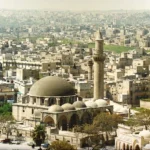
Traveler exploring cultural intersections, sharing reflections on similarities and differences between traditions, lifestyles, and food.
- Alexandria – Egypt by David Evers from Amsterdam, Netherlands on Wikimedia Commons – cc by 2.0
- Bibliotheca Alexandrina 2013 by D-Stanley on Wikimedia Commons – cc by 2.0
- Citadel of Qaitbay, Alexandria by Amal Nagi on Wikimedia Commons – cc by-sa 4.0
- Roman Theater-2 by Ahmed Yousry Mahfouz on Wikimedia Commons – cc by-sa 4.0
- Montaza Palace1 by Nooraly on Wikimedia Commons – cc by-sa 3.0
- AlexSarapeionPompeysPillar by Roland Unger on Wikimedia Commons – cc by-sa 3.0
- .Catacombs of Kom al Shugafa by Bilal Detailz on Wikimedia Commons – cc by-sa 4.0
- Bridge in Alexandria 02 by Шухрат Саъдиев on Wikimedia Commons – cc by-sa 4.0
- AlexGraeberAnfuschi by Roland Unger on Wikimedia Commons – cc by-sa 3.0
- Alexandria Corniche (2346973947) by Francisco Anzola on Wikimedia Commons – cc by 2.0
